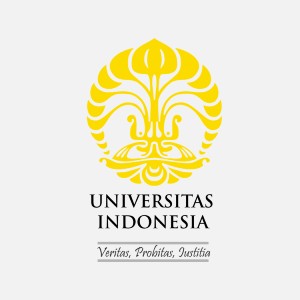Improvement in maternal knowledge, attitudes, and children’s weight with education on World Health Organization feeding recommendations

Published: March 28 2023
Abstract Views: 914
PDF: 723
Publisher's note
All claims expressed in this article are solely those of the authors and do not necessarily represent those of their affiliated organizations, or those of the publisher, the editors and the reviewers. Any product that may be evaluated in this article or claim that may be made by its manufacturer is not guaranteed or endorsed by the publisher.
All claims expressed in this article are solely those of the authors and do not necessarily represent those of their affiliated organizations, or those of the publisher, the editors and the reviewers. Any product that may be evaluated in this article or claim that may be made by its manufacturer is not guaranteed or endorsed by the publisher.
Similar Articles
- Francesco Tandoi, Laura Morlacchi, Angela Bossi, Massimo Agosti, Introducing complementary foods in the first year of life , La Pediatria Medica e Chirurgica: Vol. 39 No. 4 (2017)
- Roberta Barachetti, Elisabetta Villa, Mario Barbarini, Weaning and complementary feeding in preterm infants: management, timing and health outcome , La Pediatria Medica e Chirurgica: Vol. 39 No. 4 (2017)
- Giovanna Mangili, Elena Garzoli, Feeding of preterm infants and fortification of breast milk , La Pediatria Medica e Chirurgica: Vol. 39 No. 2 (2017)
- Roberto Bellù, Manuela Condò, Breastfeeding promotion: evidence and problems , La Pediatria Medica e Chirurgica: Vol. 39 No. 2 (2017)
- Sara Ugolini, Chiara Oreglio, Karl Christian Walsh, Antonino Morabito, Follow-up study of three cases of congenital microgastria , La Pediatria Medica e Chirurgica: Vol. 45 No. 2 (2023)
- Fabio Mosca, Maria Lorella Giannì, Human milk: composition and health benefits , La Pediatria Medica e Chirurgica: Vol. 39 No. 2 (2017)
- Massimo Agosti, Francesco Tandoi, Laura Morlacchi, Angela Bossi, Nutritional and metabolic programming during the first thousand days of life , La Pediatria Medica e Chirurgica: Vol. 39 No. 2 (2017)
- Valentina Bozzetti, Paolo E. Tagliabue, Enteral nutrition for preterm infants: by bolus or continuous? An update , La Pediatria Medica e Chirurgica: Vol. 39 No. 2 (2017)
- Valentina Bozzetti, Paolo E. Tagliabue, Enteral feeding of intrauterine growth restriction preterm infants: theoretical risks and practical implications , La Pediatria Medica e Chirurgica: Vol. 39 No. 2 (2017)
- Alessandro Porta, Adriana Avanzini, Marta Bellini, Rosa Maria Crossignani, Stefano Fiocchi, Stefano Martinelli, Luciana Parola, Neonatal gastrointestinal involvement and congenital cytomegalovirus , La Pediatria Medica e Chirurgica: Vol. 38 No. 3 (2016)
1-10 of 142
Next
You may also start an advanced similarity search for this article.









